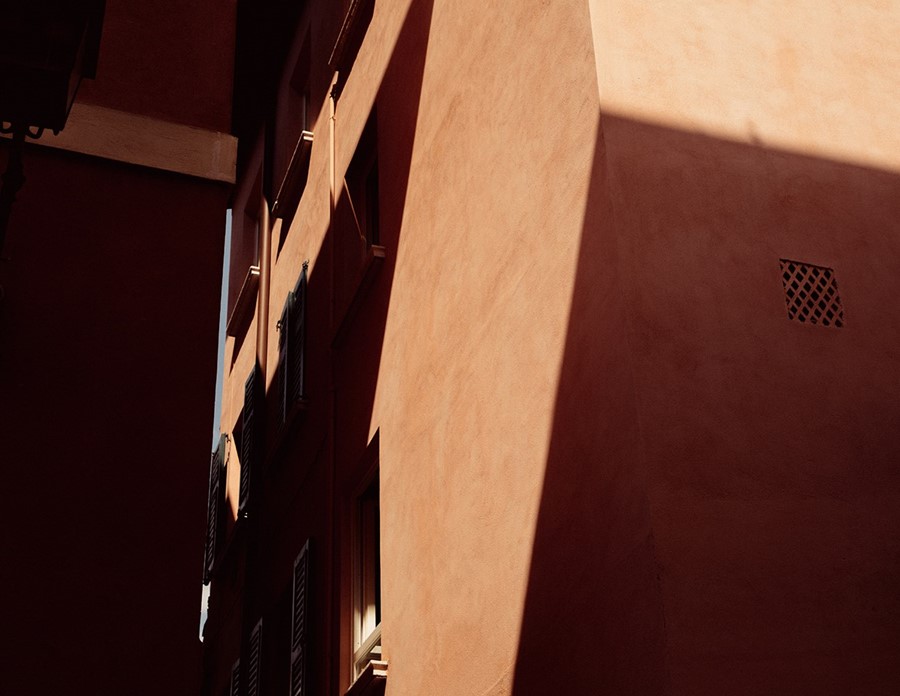Carl-Emil Storm Gabrielsen talks Palazzo Monti, the dreamy artist’s residence he both curates and documents in beautiful Brescia
Carl-Emil Storm Gabrielsen was captivated when he first heard that a 13th-century haven was taking in contemporary artists. “I knew I had to get involved,” he tells AnOther. Flash forward to 2017, and the founder of Dry now co-curates and documents the artists at it. Entitled Palazzo Monti after its founder Edoardo Monti, this residency self-identifies as an “incubator” for creativity, in frescoed and Frama furniture-clad halls.
Terracotta walls present the perfect backdrop to works such as the eerie ceramics of Frederik Nystrup Larsen, Daniel Martin’s painted faces and Heather Guertin’s vivid abstract colours, while Leonardo Anker Vandal’s Murano glass Moon Mirror sits resplendent, glorifying and rejecting its surroundings in one fell swoop. “Contrast and unlikely connections are at the heart of my vision,” says Gabrielsen – and the interplay between the resident artists and the space is part and parcel of the palazzo’s abundant allure.
As he assembled an exhibition about the inner world of the residency in Brescia, which opened last week, AnOther took a moment to talk to the artist and curator about documenting the creative process, palazzo galleries, and fostering artistic communities.

On observing creatives at work...
“It has been very interesting to see how the artists all interacted with the palazzo and the area in each their own way. Søren Drastrup visited the local raves to document the hardcore music scene of Lombardy, Liene Bosquê made casts and cyanotypes of the house and nearby buildings, Leonardo Vandal used the scale of the building to its fullest with his grand installations and Daniel Martin collected wood and stones from the area to make sculptures – media he had never worked with before.”
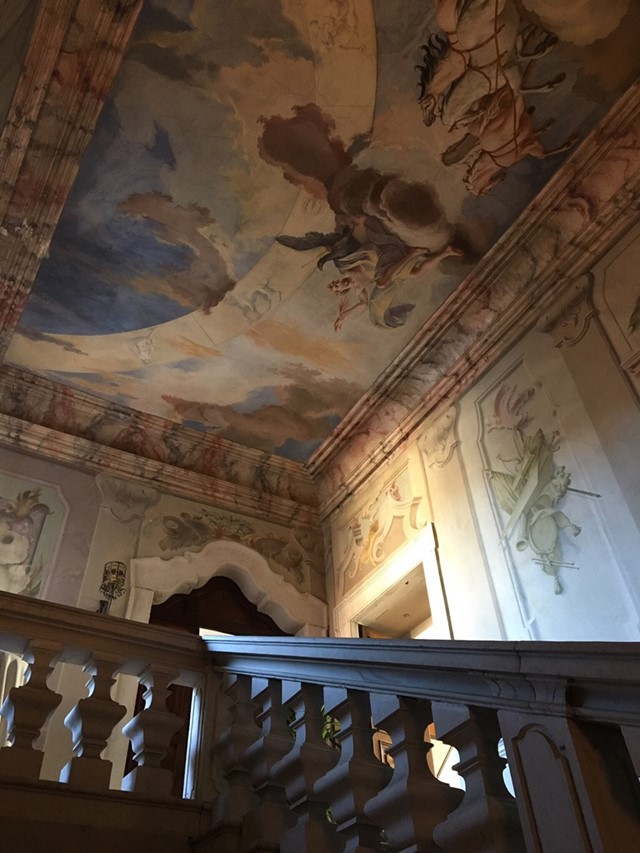
On working together...
“This has been such a good place to meet people from all over the world and get new inputs; it was a very social environment. We all shared ideas and materials, gave feedback, proposed new techniques and inspirations and helped each other. We also met some locals in Brescia who were very helpful and engaged in the project. I for example recorded some music with a local guitarist and A Palazzo Gallery, which is a gallery in an even bigger Palazzo located just opposite let us in to shoot photos and video there.”
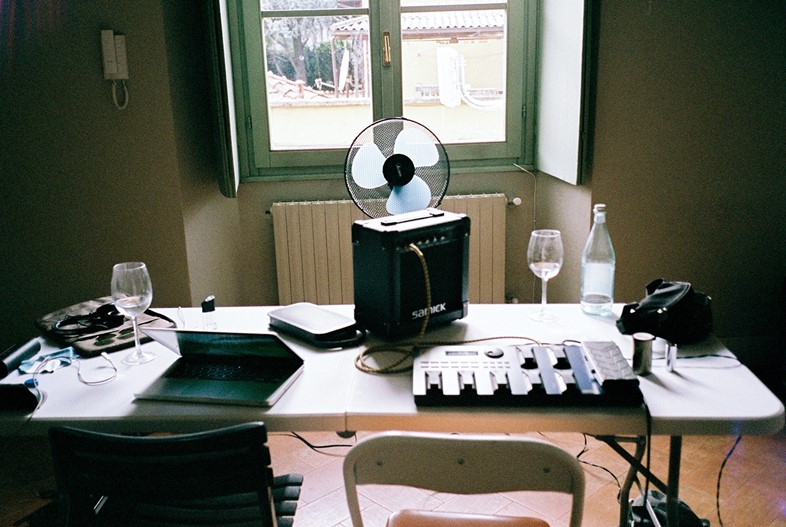
On exploring the environment around the Palazzo...
“Brescia is a very charming, classic Italian city with lots of beautiful churches, ruins and an old castle overlooking the city. Walking around the streets was like being in a movie set. And due to the fact that many Italians go to the lakes or the coast in August, it had the feeling of a ghost town with quite empty streets and many closed shops. At first this seemed a little dull, but it was actually a nice break from your normal rushed life and was a good environment for getting a lot of work done.”
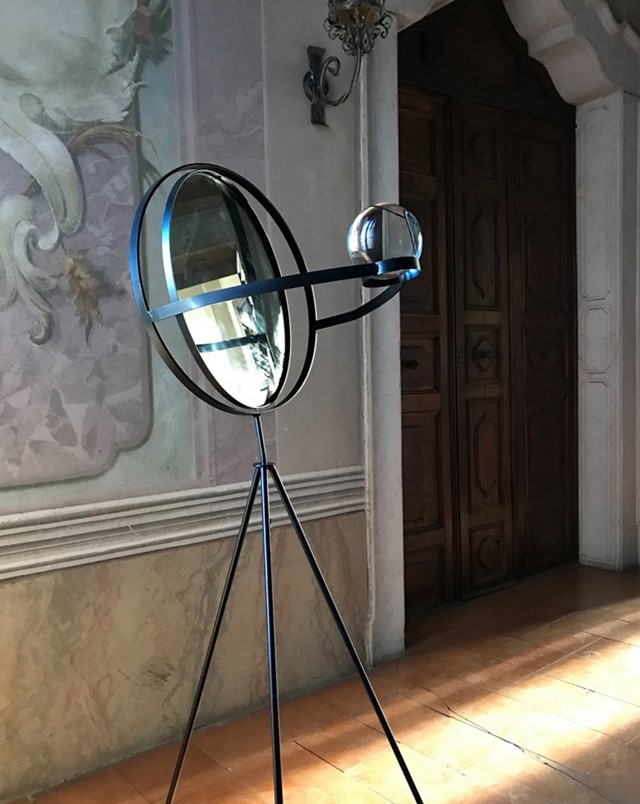
On fostering an artistic community...
“I think community is crucial to thrive and evolve as a creative person. It’s one of the main reasons I founded Dry five years ago when I was just 17 years old – to meet like-minded creatives, get a chance to talk to much more experienced people and create in collaboration with others. This has to a large extent been people I’ve interacted with online though, and to be together in real life for a longer period of time is just always a much stronger experience.”
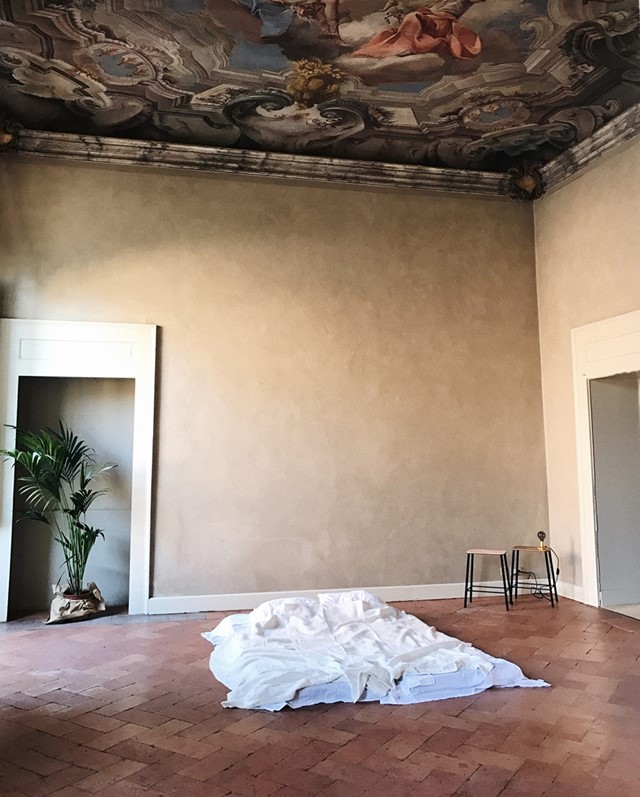
Open Studio at Palazzo Monti, Brescia, is open now.
